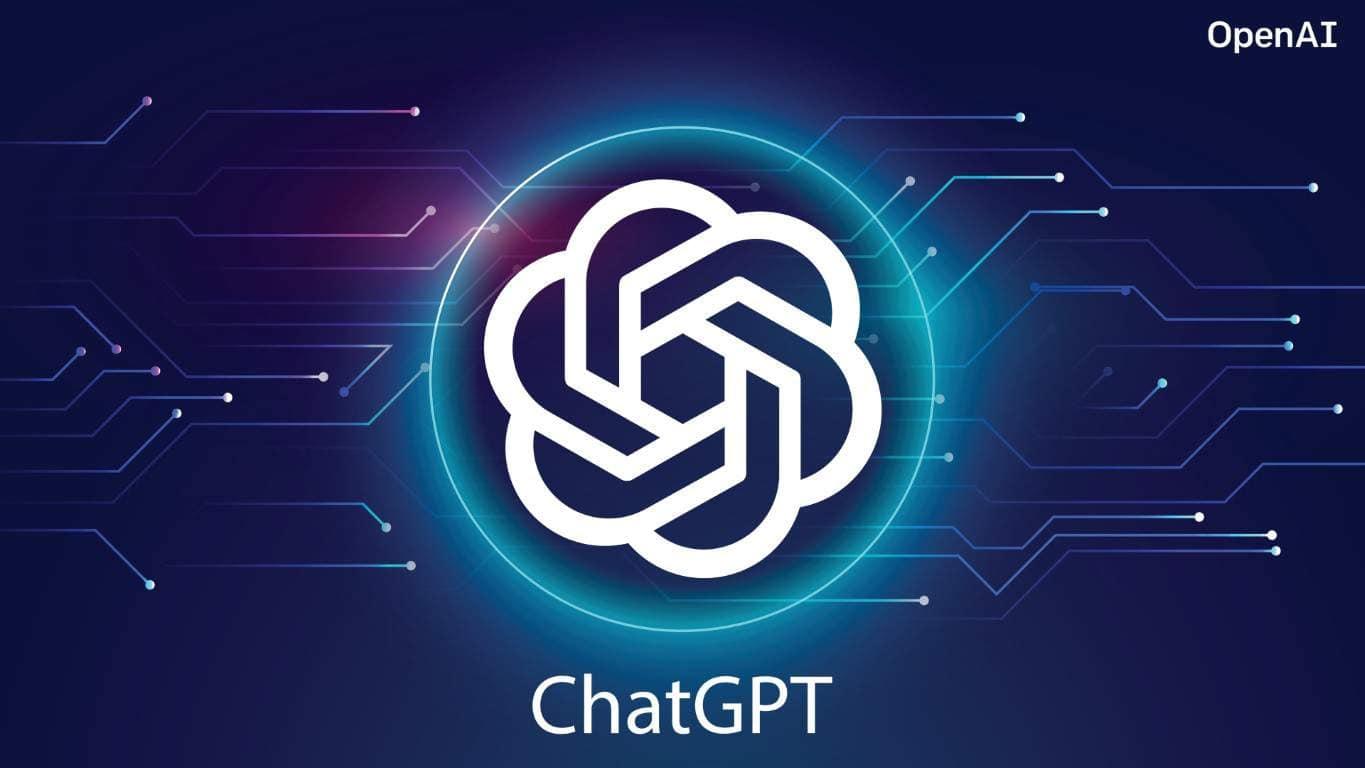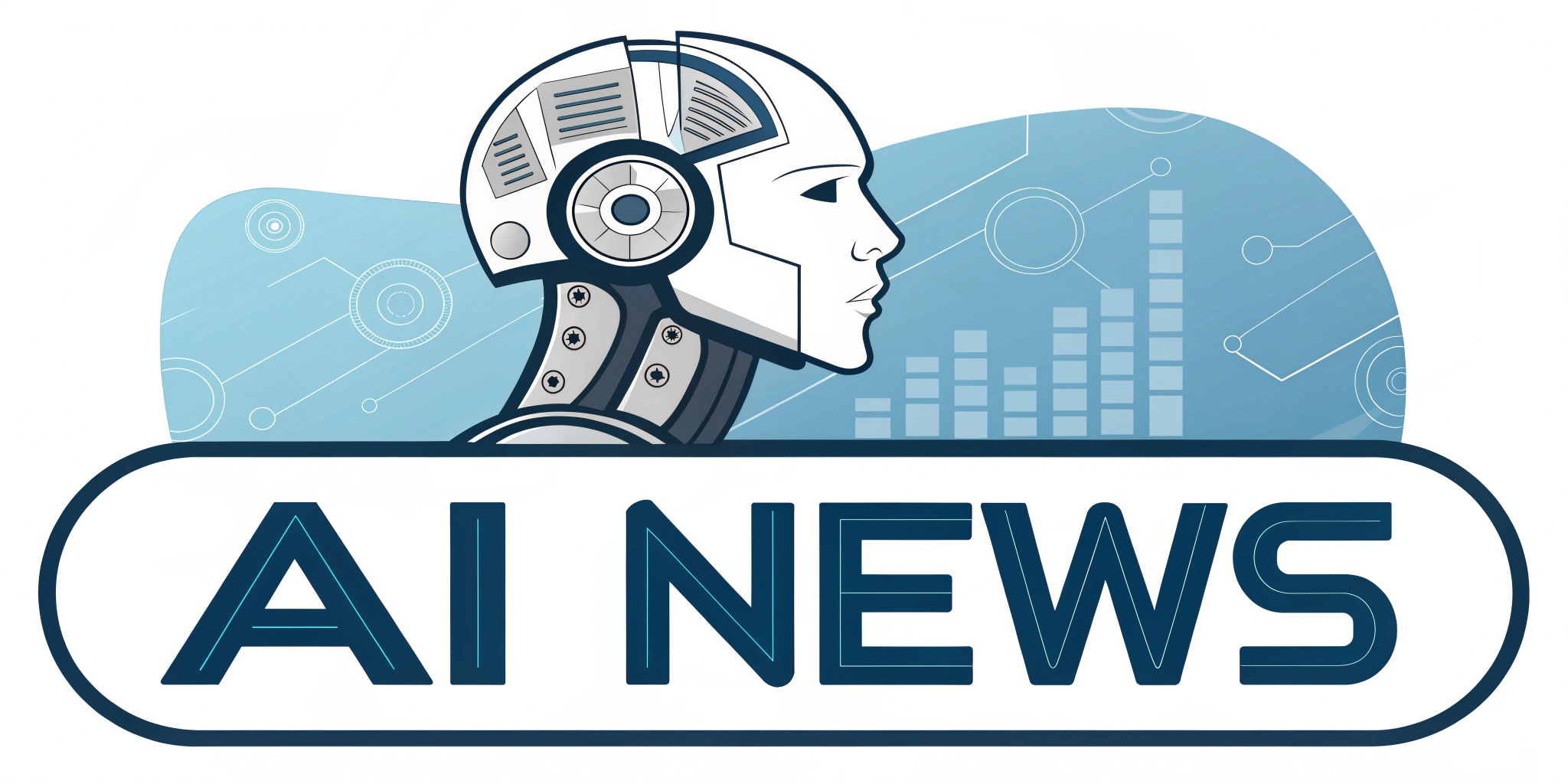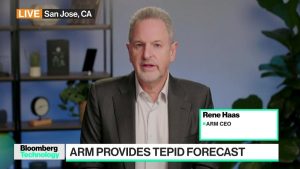OpenAI is launching GPT 4.5 as a research preview exclusively for ChatGPT Pro users and developers, with plans to extend access to Plus, Edu, and Team users next week. While the release follows the significant impact of previous models like ChatGPT and GPT-4, the initial buzz surrounding GPT 4.5 has been surprisingly muted. Unlike past unveilings that were accompanied by extensive hype, the company has tempered expectations, clarifying that this latest iteration is not a “frontier model.” The decision appears to be a strategic move to manage the response, but critics have labeled GPT 4.5 as a “nothing burger” and “lemon,” expressing disappointment in what they perceive as minimal advancements. Additionally, the model comes with a steep price tag, costing $75 per million input tokens and $150 for output tokens—substantially more than its predecessor, GPT-4. As competitors like Anthropic and Google offer alternatives at lower costs, questions arise regarding the value proposition of GPT 4.5,especially as it continues to struggle with inaccuracies known as “hallucinations.” With this latest release, OpenAI faces significant scrutiny and challenges in justifying its pricing strategy amidst a landscape of rapidly evolving AI technologies.
Release Overview and Initial Reception of GPT 4.5
The release of GPT-4.has sparked a variety of reactions within the tech community, primarily driven by its performance and pricing structure. Users observed that the enhancements in this iteration aim at refining existing features rather than presenting groundbreaking innovations. Many early adopters highlighted the model’s ongoing issues with hallucinations and inaccuracies, which have persisted since prior versions. This has contributed to a sense of skepticism regarding whether the upgrade justifies the notable increase in cost. Core feedback includes:
- Incremental Improvements: Users mentioned that the changes felt like fine-tuning than ample upgrades.
- High Costs: The steep pricing, especially in comparison to competitors, raised concerns about affordability and value.
- Mixed User Experience: Reports emerged highlighting inconsistencies, with some praising the enhancements while others remained critical.
As the model was launched initially as a research preview for a select group,the broader public response was muted,lacking the robust excitement typically associated with AI breakthroughs. The framing of GPT-4. as not being a “frontier model” seems to have dimmed the initial enthusiasm that often accompanies new releases from OpenAI. Observers noted that this cautionary approach, combined with external pricing pressures from rivals like Anthropic and Google, complicates the narrative around its potential. Factors leading the conversation include:
- Consumer Expectations: The tempered promotion may have led to lowered expectations, affecting initial reception.
- Competitive Landscape: Rivals offering superior performance at lower prices have put additional pressure on OpenAI’s strategy.
- Strategic Positioning: How OpenAI navigates feedback and possible adjustments post-release will greatly influence its long-term credibility.
Cost Concerns and Competitive Landscape in AI Models
The economic implications of adopting new AI technologies like GPT-4.5 cannot be underestimated,notably for businesses weighing the operational costs against their projected return on investment. The pricing structure, set considerably higher than its predecessor, raises critical questions among users about the model’s overall value. Companies must consider several factors when assessing if the enhanced capabilities, touted as refinements rather than a revolution, align with their budgetary constraints.Essential considerations include:
- Operational Efficiency: Will the incremental improvements translate into tangible benefits in productivity or revenue?
- Long-term Commitments: Evaluating whether the pricing justifies a shift from widely accepted models to GPT-4.5.
- Cost-Benefit Analysis: Users must rigorously assess how the investment will impact their bottom line compared to rivals’ offerings.
Moreover,as industry competitors continue to innovate at reduced costs,OpenAI’s strategy appears increasingly vulnerable to scrutiny. The presence of choice AI models that demonstrate competitive performance without the hefty price tag exacerbates these concerns. A multitude of factors contributes to this situation, including:
- Market Perception: User sentiment toward OpenAI’s products is tethered to their perceived effectiveness versus cost.
- Innovation Pressure: Continuous advancements from competitors necessitate a robust response from OpenAI to maintain relevance.
- Create Value Beyond Pricing: OpenAI must convey clear advantages beyond mere features to justify the premium pricing of GPT-4.5.
Performance Challenges and Ongoing Issues with Hallucinations
Despite advancements, users continue to voice concerns regarding the model’s tendency for hallucinations, where it produces responses that are factually incorrect or entirely fabricated.This phenomenon not only undermines trust but also raises questions about the model’s reliability in critical applications. Instances of this issue have been reported across various use cases, from casual inquiries to more complex prompts, leading to a chorus of calls for OpenAI to prioritize accuracy and factual consistency over merely expanding capabilities. Key issues highlighted include:
- Impact on User Trust: Frequent inaccuracies can erode confidence in the system, particularly among professional users relying on precise facts.
- Real-World Implications: Hallucinations can have serious consequences, especially in sectors like healthcare or finance, where decisions based on erroneous information can lead to detrimental outcomes.
- Importance of Transparency: Users demand clearer communication regarding the model’s limitations to better prepare for potential errors in output.
Additionally, ongoing issues related to hallucinations may have far-reaching effects on user engagement and expansion prospects. As businesses weigh the potential integration of GPT-4.5, the struggle with inaccuracies could deter adoption, particularly when alternatives display higher reliability.Observers urge OpenAI to consider adopting robust feedback mechanisms to address user concerns effectively. Relevant factors influencing this situation include:
- Benchmarking Standards: Establishing more rigorous testing before deployment could mitigate the frequency of inaccuracies in future iterations.
- User-Centric Improvements: Engaging more deeply with user feedback may allow for targeted refinements addressing specific issues around hallucinations.
- Future Growth Strategies: Prioritizing the reduction of hallucinations over feature expansion could enhance product credibility and user satisfaction.
Implications for Developers and Future Directions for OpenAI
The evolving landscape of AI development post-GPT-4.5 presents a challenging environment for developers at OpenAI. The muted reception of this latest model signals a potential shift in user expectations and necessitates a strategic reassessment of development priorities. Developers are urged to focus on user-driven enhancements and transparency, ensuring that audiences are not just informed about advancements but also engaged in the development process. Key areas for consideration include:
- Community Engagement: Regular interaction with users to gather feedback and adjust direction based on real-world needs.
- Performance Reliability: Addressing and prioritizing core functionality, particularly regarding the issues of hallucinations, to regain user trust.
- Incremental Value Addition: Enhancing features that have a tangible impact on user experience rather than focusing solely on marketing new capabilities.
Moreover, the competition is intensifying, challenging OpenAI to maintain its relevance. As rivals push boundaries with innovative solutions at lower price points,developers must be agile and proactive in reevaluating how GPT-4.5 fits into this ecosystem. Embracing a future where models are not merely defined by output capabilities, but by cost-efficiency and user satisfaction, is crucial. Strategic moves might encompass:
- Adapting to Market Trends: A keen analysis of competitors can inform OpenAI’s development roadmap and pricing strategies.
- Robust Testing Protocols: Implementing comprehensive testing methods to anticipate and resolve issues before public release.
- Clear Communication: Providing transparent insights into model limitations to help users adjust their expectations appropriately.























